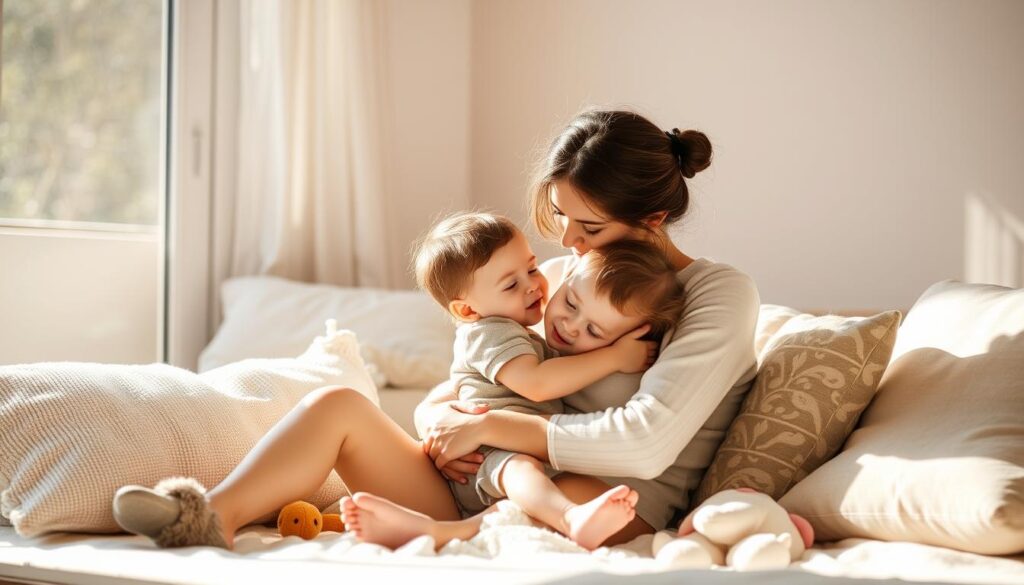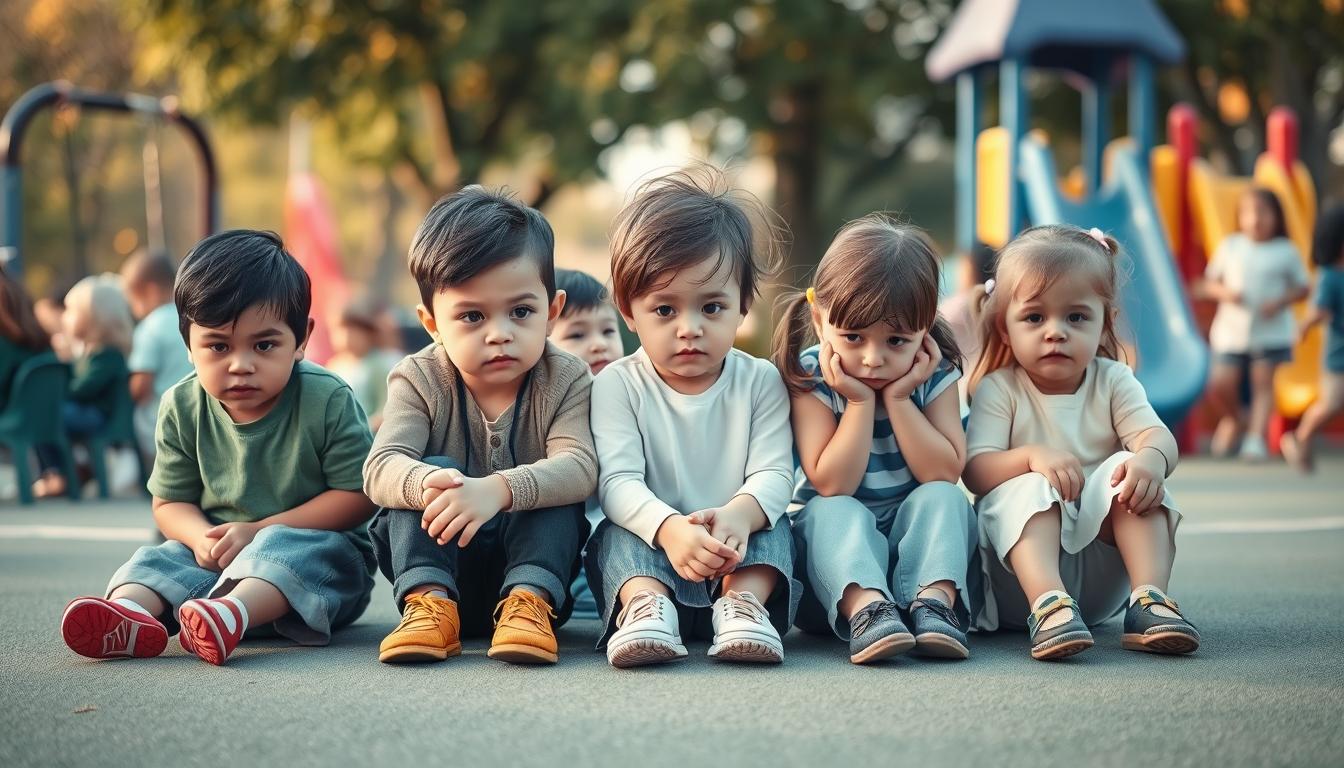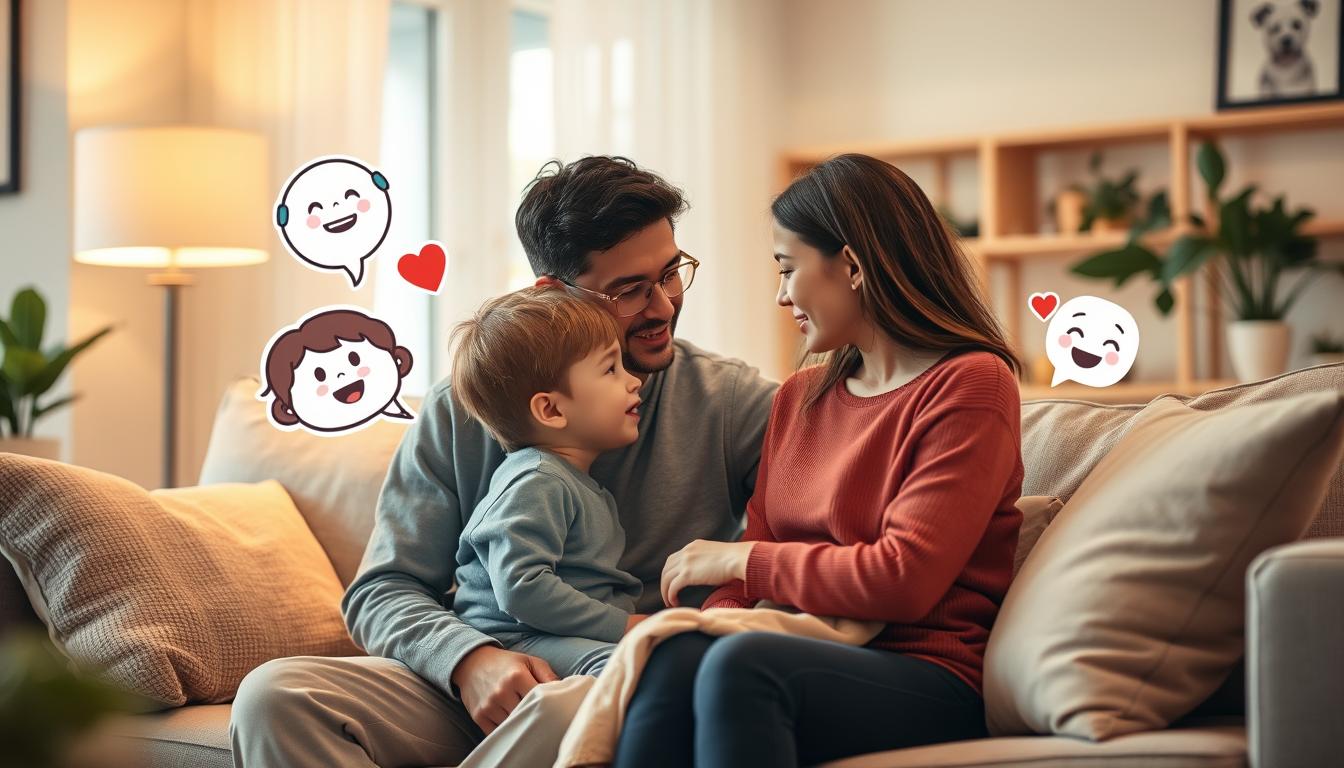Our earliest relationships shape our emotional health for life. The bond we form with our caregivers in childhood influences how we feel and connect with others. It’s vital to understand attachment theory and its impact on our growth.
We’ll look at different attachment styles and how early experiences matter. We’ll also see how brain development ties into forming attachments. By focusing on parent-child bonding, we’ll find ways to build strong attachments. These are key for emotional health and resilience all our lives.
Key Takeaways
- Secure attachment in childhood lays the groundwork for emotional well-being throughout life.
- Understanding attachment theory helps us recognize how early relationships shape our ability to manage emotions and connect with others.
- Responsive parenting techniques and creating safe emotional spaces are key to fostering secure attachments.
- Addressing attachment wounds and healing from past trauma can lead to personal growth and healthier relationships.
- Professional support can be invaluable in navigating attachment challenges and promoting emotional regulation.
Understanding Attachment Theory: The Science Behind Emotional Bonds
Attachment theory is key to understanding emotional development. It shows how early life affects our ability to connect deeply with others. This theory explains the different ways we bond, which shapes our emotional lives and relationships.
Different Attachment Styles and Their Impact
Attachment theory says we can have one of four main attachment styles: secure, avoidant, anxious, or disorganized. Each style shows how a child’s needs for safety and comfort were met in early years. These early experiences shape our trust, emotional control, and ability to form good relationships.
The Role of Early Childhood Experiences
Attachment patterns start with the care we get from our primary caregivers as kids. Good, consistent care leads to a secure attachment. But neglect or abuse can lead to insecure or disorganized attachments. Unresolved trauma in childhood can make it hard to regulate emotions and connect with others.
Brain Development and Attachment
Attachment theory also looks at the brain’s role in emotional bonds. Early experiences shape brain areas for emotions, stress, and social skills. A secure attachment helps these brain areas grow well, supporting emotional health and meaningful connections.
The Critical Role of Parent-Child Bonding in Early Years
As parents, we shape our children’s emotional well-being. The bond we create in their early years is key for their self-esteem development and mental health. Mindful parenting helps our children grow into confident, emotionally strong people.
In a child’s early years, the bond with parents sets the stage for all future relationships. When we meet our child’s needs with empathy and warmth, they feel secure. This secure attachment helps them develop important social-emotional skills.
“The presence of at least one stable, committed, and caring adult relationship is the single most important factor in building resilience in children.”
But, if the bond is weak, children may struggle with self-esteem development and emotional control. By focusing on mindful parenting, we can help our children build strong emotional foundations.

As we start our parenting journey, let’s remember how much we impact our children’s lives. A strong parent-child bond sets them up for a lifetime of emotional well-being and growth.
Building a Secure Attachment: The Foundation of Emotional Health
Creating strong emotional bonds is key to healthy relationships and our emotional well-being. As parents, we are vital in making a safe space for our children to grow. By using responsive and mindful parenting, we understand our child’s emotional needs better. This helps build a strong base for their emotional health for life.
Creating Safe Emotional Spaces
Emotional safety is the base for secure attachments. We can make these safe areas by being always present, understanding, and quick to respond to our children’s needs. This means creating a caring place where our kids feel heard, accepted, and safe to share their feelings without fear.
Responsive Parenting Techniques
- Practicing active listening to better understand our child’s perspective
- Responding to their distress with empathy, patience, and soothing
- Encouraging open communication and emotional expression
- Setting firm, age-appropriate boundaries with love and consistency
Understanding Your Child’s Emotional Needs
It’s important to deeply understand our child’s emotional world to build a secure bond. By knowing their unique feelings, what makes them upset, and how they show their emotions, we can meet their needs. This thoughtful parenting helps them grow resilient, self-aware, and ready for healthy relationships in the future.
“The quality of the parent-child relationship is the single most important factor influencing a child’s emotional health and development.”
Developing Emotional Regulation Through Secure Attachment
Secure attachments are key to learning emotional regulation. This skill helps us deal with life’s ups and downs. It lets us understand, express, and manage our feelings in a healthy way.
Emotional regulation is linked to resilience. It’s our ability to bounce back from challenges. Children with secure attachments grow up feeling strong and confident. They can face difficulties head-on.
Secure attachment also boosts self-esteem. When our emotional needs are met in childhood, we feel worthy and accepted. This helps us handle life’s ups and downs better.
Understanding the link between secure attachment and emotional skills is important. It helps us and our loved ones develop emotional intelligence. This way, we can live a fulfilling and balanced life.

Life’s complexities are easier to handle with the lessons of secure attachment. It shapes our emotional management, resilience, and self-esteem. By nurturing secure attachments, we build a strong foundation for emotional well-being.
Healing Attachment Wounds: From Trauma to Trust
Starting the journey from attachment trauma to healthy relationships is deep and changing. The first step is to see the attachment injuries that shape our feelings and actions. These injuries, from childhood or past relationships, affect how we trust and connect with others.
Recognizing Attachment Injuries
Attachment injuries show up as trouble with closeness, fear of being left, and self-destructive patterns in relationships. Knowing the source of these issues helps us tackle them. Looking into our past and getting help from a therapist is key.
Steps Toward Healing and Growth
Healing attachment wounds needs time, kindness to ourselves, and facing past pain. Mindfulness, self-reflection, and setting healthy boundaries help us trust and be intimate again. Being open and learning to manage our feelings are essential steps.
Professional Support Options
Working with a therapist or counselor is very helpful for those healing from attachment trauma. They offer the tools and support needed for attachment work. This helps us build strong bonds and more lasting relationships. Therapy, couples counseling, or group sessions can greatly aid in personal growth and healing.



